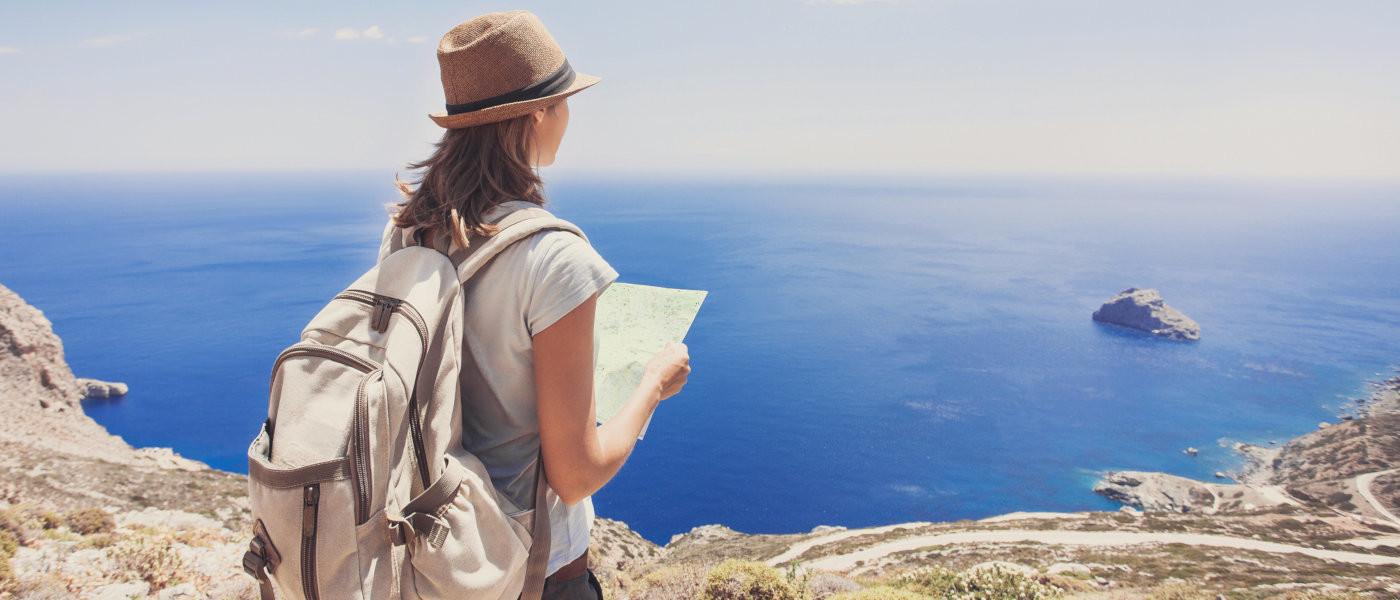
Assistance
Click to start searching

Fly into Bari and explore the Valle d'Itria in the heart of Apulia: a magical place where you can discover and experience the true essence of this wonderful, uncontaminated land, rich in history, culture and ancient traditions. The Valle d'Itria and its surrounding countryside are dotted with characteristic trulli, dry-stone walls, vineyards and olive groves stretching as far as the eye can see.
This is a truly magical landscape and visitors can savour it to the full in villages such as Alberobello, a UNESCO world heritage site since 1996, with its 1400 trulli, and Locorotondo, a name deriving from the town's circular plan, dominated by its cummerse – ancient buildings with pitched roofs. The medieval heart of Cisternino, known locally as 'The Island', has whitewashed houses, shops and cafés serving tasty local specialities like bombette and gnumaridde. Why not try living like a local and stay in the diffused hotel?
July and August are ideal for a visit to the beautiful baroque town of Martina Franca for the Valle d'Itria Festival, with its programme of largely new operas. The fascinating Fasano plains are covered with olive trees and very close to the sea. Many fine farmhouses have been converted into wellness resorts complete with golf courses and spa treatments, and a visit to Egnazia, one of the most important archaeological sites in Italy, is a must. Head south through a sea of olive trees to Ostuni, the white city: an endless sequence of arches, towers, quaint houses, courtyards, roof-terraces, alleys, small shops and noble palazzos.
A little to the north of the Valle d'Itria lie the Castellana Caves, a 3 km-long enchanted labyrinth of caves and grottos held to be the most beautiful in Italy. Nearby, Putignano celebrates the oldest carnival in Europe, and the longest in Italy, from 26 December to Shrove Tuesday. Complete your tour with a stroll around the historic centre of Conversano to admire its wonderful Apulian Romanesque architecture, medieval castle and the magnificent paintings inspired by Fenoglio's "Gerusalemme Liberata".